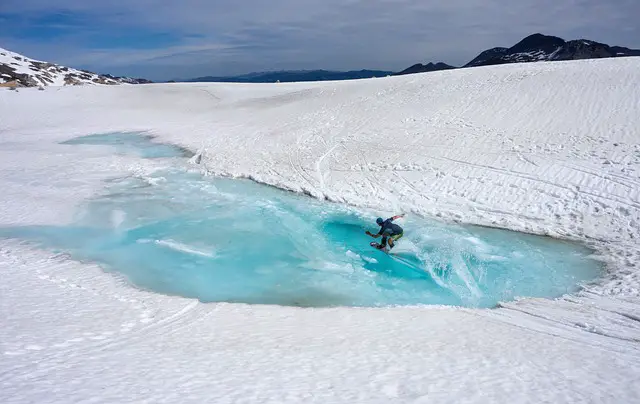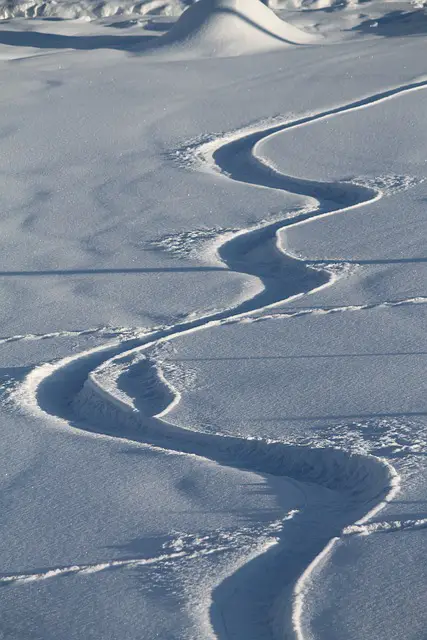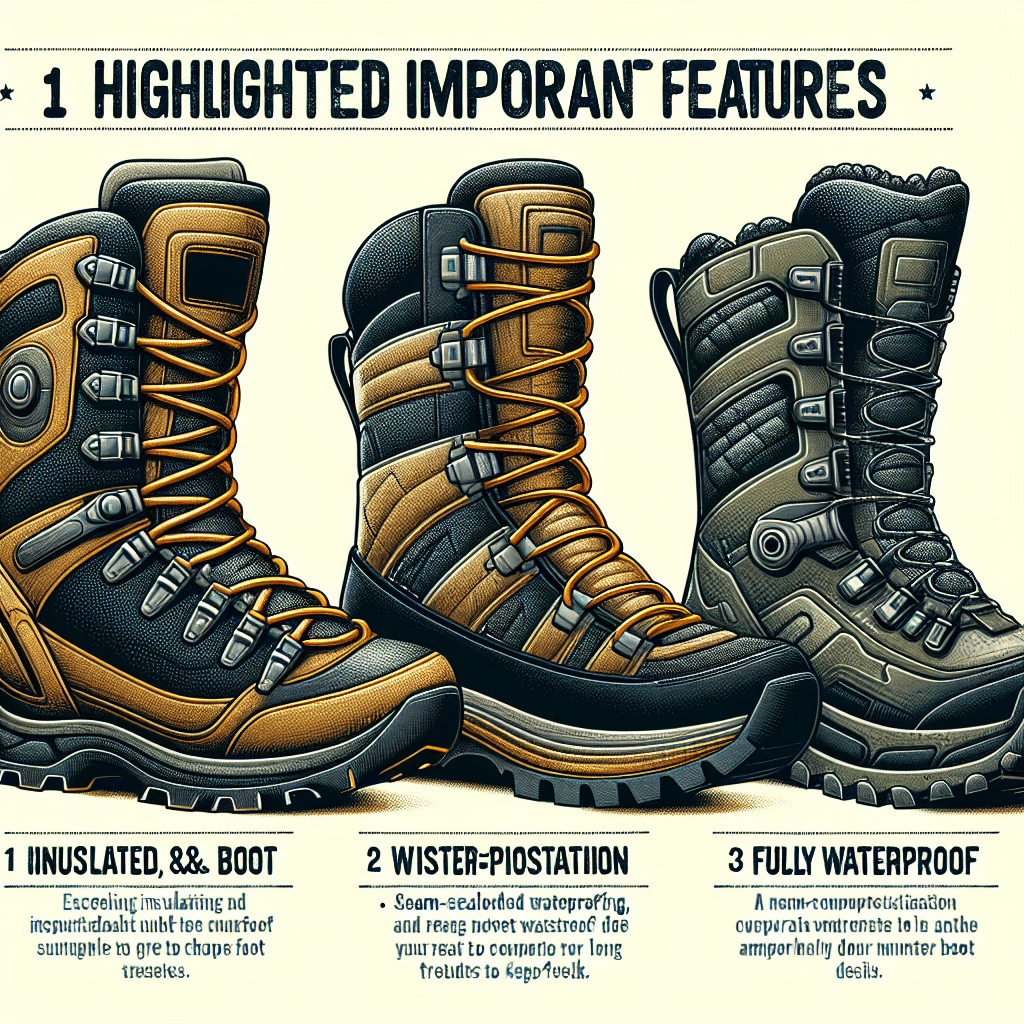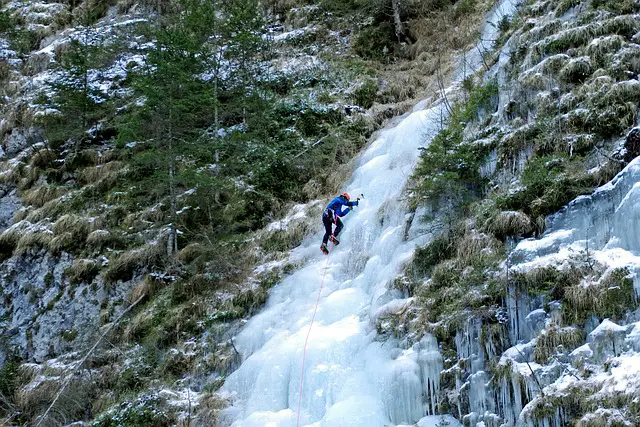When winter rolls around the corner and the snow starts falling, one of the best ways to enjoy the outdoors is by going snowshoeing. However, the wrong footwear can turn your winter adventure into an uncomfortable experience. Having the appropriate boots is central to a good snowshoeing adventure. So, what kind of boots should you wear snowshoeing?
Why Choosing the Right Boots for Snowshoeing is Essential
The Importance of Warmth and Insulation
Snowshoeing involves traversing snow-covered landscapes, which means that your feet will be exposed to cold temperatures for extended periods. With the wrong boots, you might end up with cold, damp feet, which can lead to discomfort and even frostbite in extreme cases. Therefore, a good pair of snowshoeing boots should offer excellent insulation to keep your feet warm.
The Need for Waterproofing
Your boots must also be waterproof, as you’ll inevitably come into contact with snow – which will eventually melt and can soak through boots that aren’t waterproof. Wet feet can not only be uncomfortable but can also increase the risk of blisters and cold injuries.
Comfort and Mobility
Snowshoeing requires walking in challenging, snowy conditions, which can be tough on the feet. Therefore, comfort is crucial. Boots that fit well and provide good support will make the experience much more enjoyable. Additionally, look for boots that won’t restrict your movement.
Durability for Rough Terrain and Extreme Weather
Lastly, durability is key. Snowshoeing can take you over rough terrain and through extreme weather conditions, your boots should be able to withstand such environments.
So, What Kind of Boots Should You Wear?
Hiking Boots
Hiking boots can be a good choice for snowshoeing, especially if they meet the factors mentioned above – insulation, waterproofing, comfort, and durability. High-quality hiking boots are designed to handle tough terrains and varying weather conditions, making them suitable for snowshoeing.
Winter Boots
Winter boots are specially designed for snowy and icy conditions, making them a perfect choice for snowshoeing. They typically have a high level of insulation and are exceptionally waterproof. Make sure they are also breathable to allow for the escape of sweat and moisture from your feet to keep them dry and warm.
Mountaineering Boots
For extreme conditions or high-altitude snowshoeing, insulated mountaineering boots can be an excellent choice. They offer the highest levels of warmth and waterproofing and are designed to withstand the roughest terrains and the most extreme weather conditions.
Key Features to Look for in Snowshoeing Boots
Insulation
Look for boots with high-quality insulation. Different types of insulation offer varying levels of warmth. Check the boot’s temperature rating to ensure that it will keep your feet warm in the conditions you plan to snowshoe in.
Waterproofing
Your boots must be waterproof to prevent your feet from getting wet and cold. Look for boots with a waterproof membrane or coating and sealed seams for the best waterproofing.
Fit and Comfort
A proper fit is essential for comfort and to prevent blisters. Your boots should fit snugly but not too tight, with enough room for thick socks. They should also provide good support, especially in the ankle area.
Durability
Look for boots with a sturdy construction and quality materials that can withstand the harsh conditions of snowshoeing.
To wrap up, choosing what kind of boots to wear snowshoeing largely comes down to considering factors like insulation, waterproofing, comfort, and durability. You can opt for hiking boots, winter boots, or mountaineering boots, depending on your needs. Remember, the right boots can make or break your snowshoeing experience, so choose wisely!




